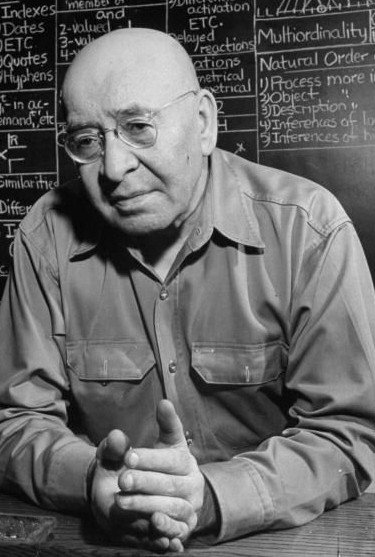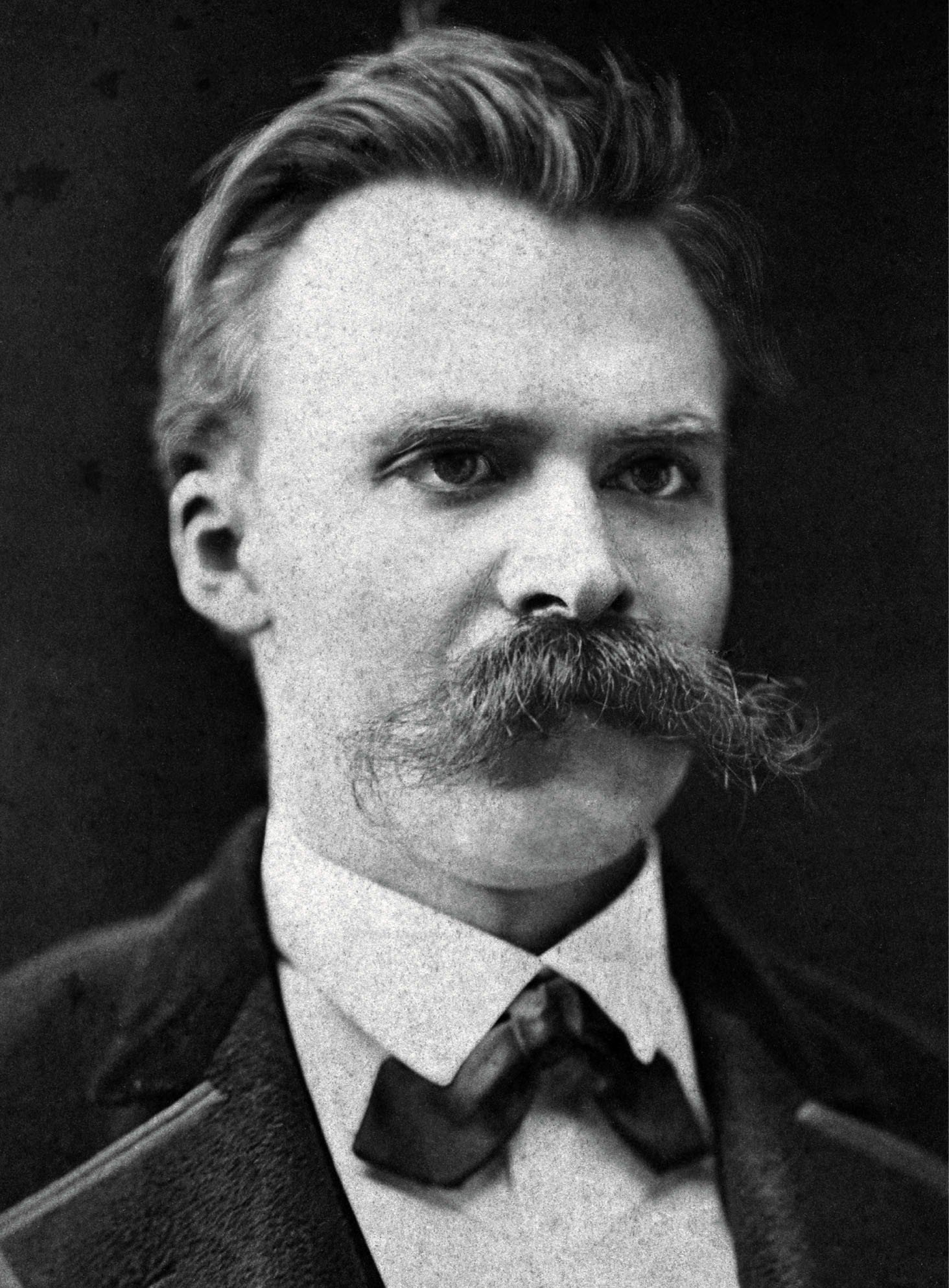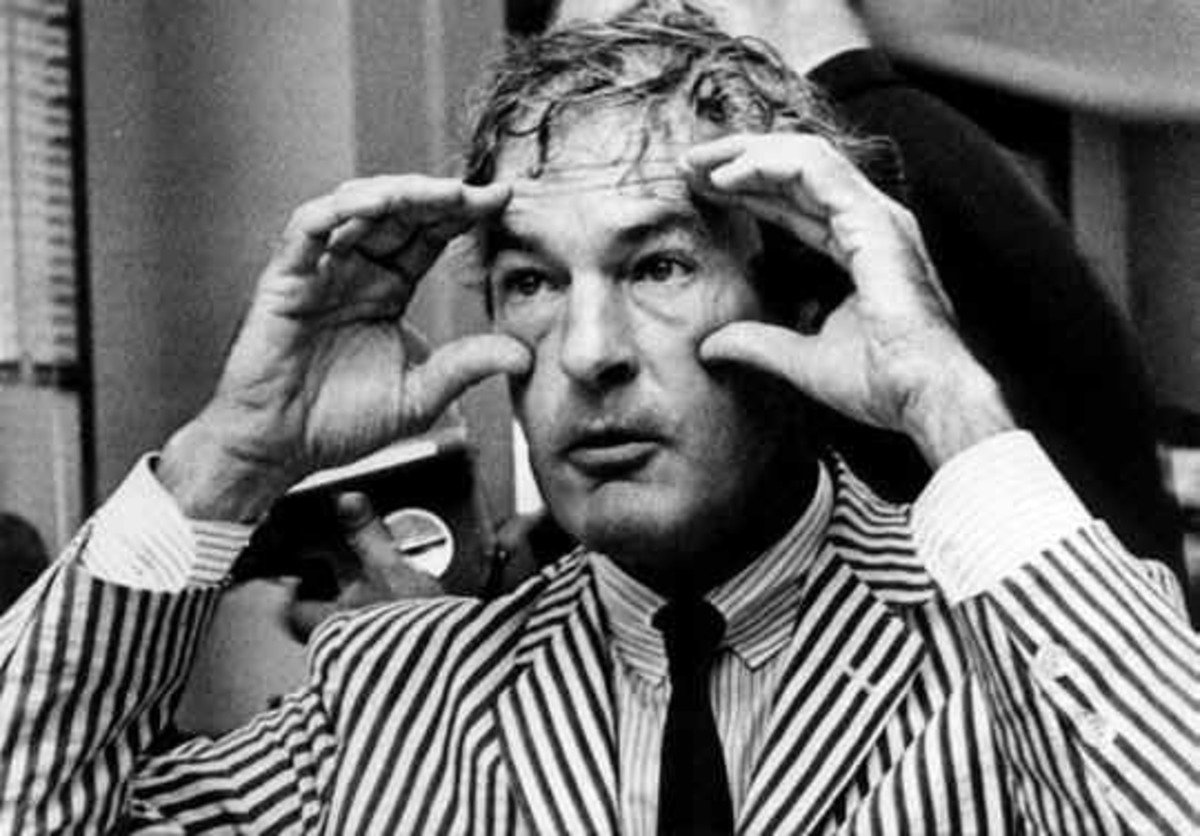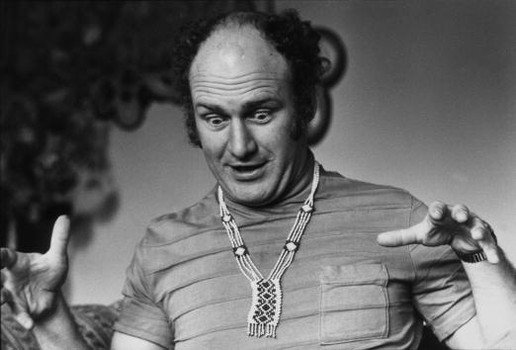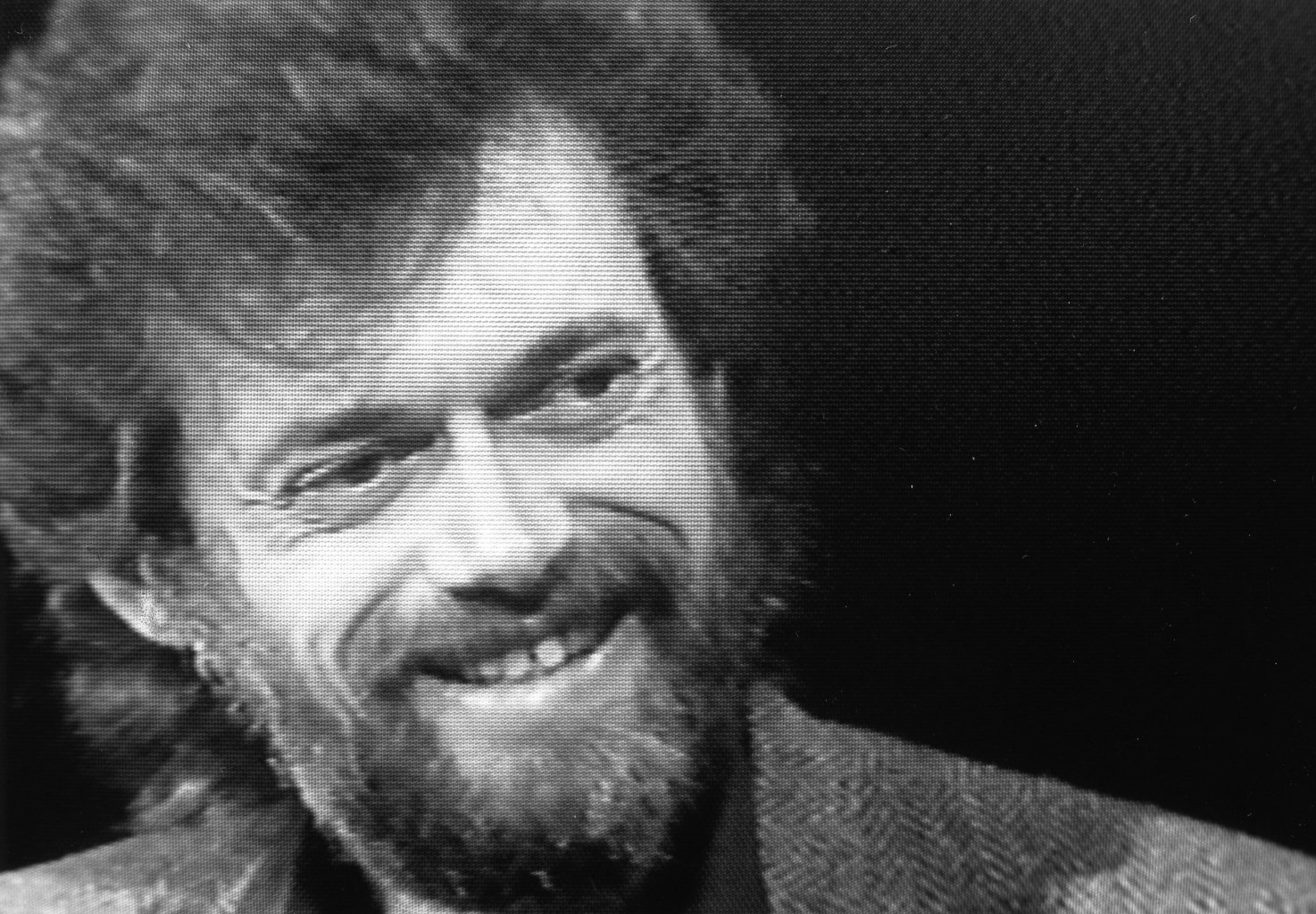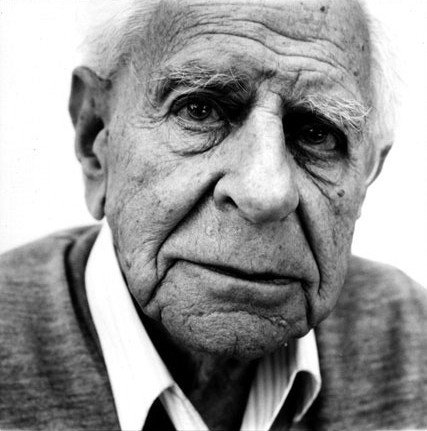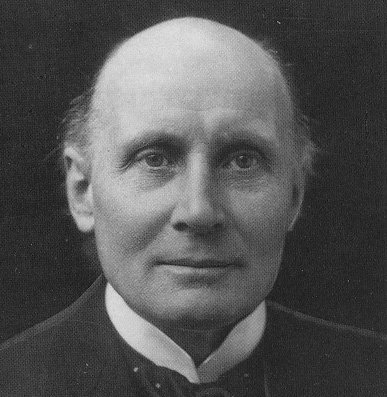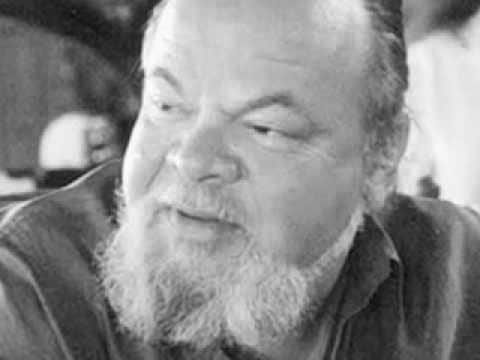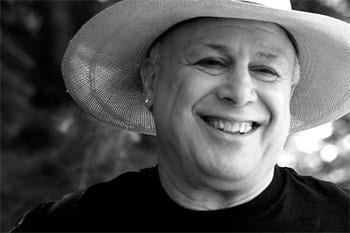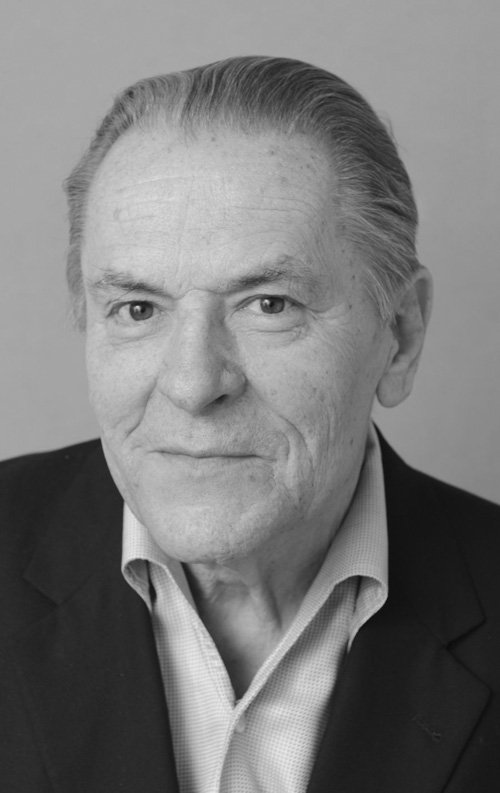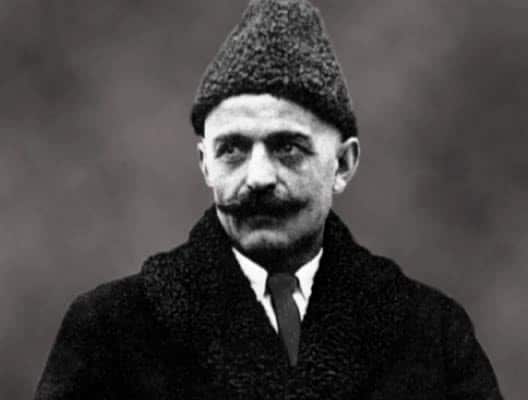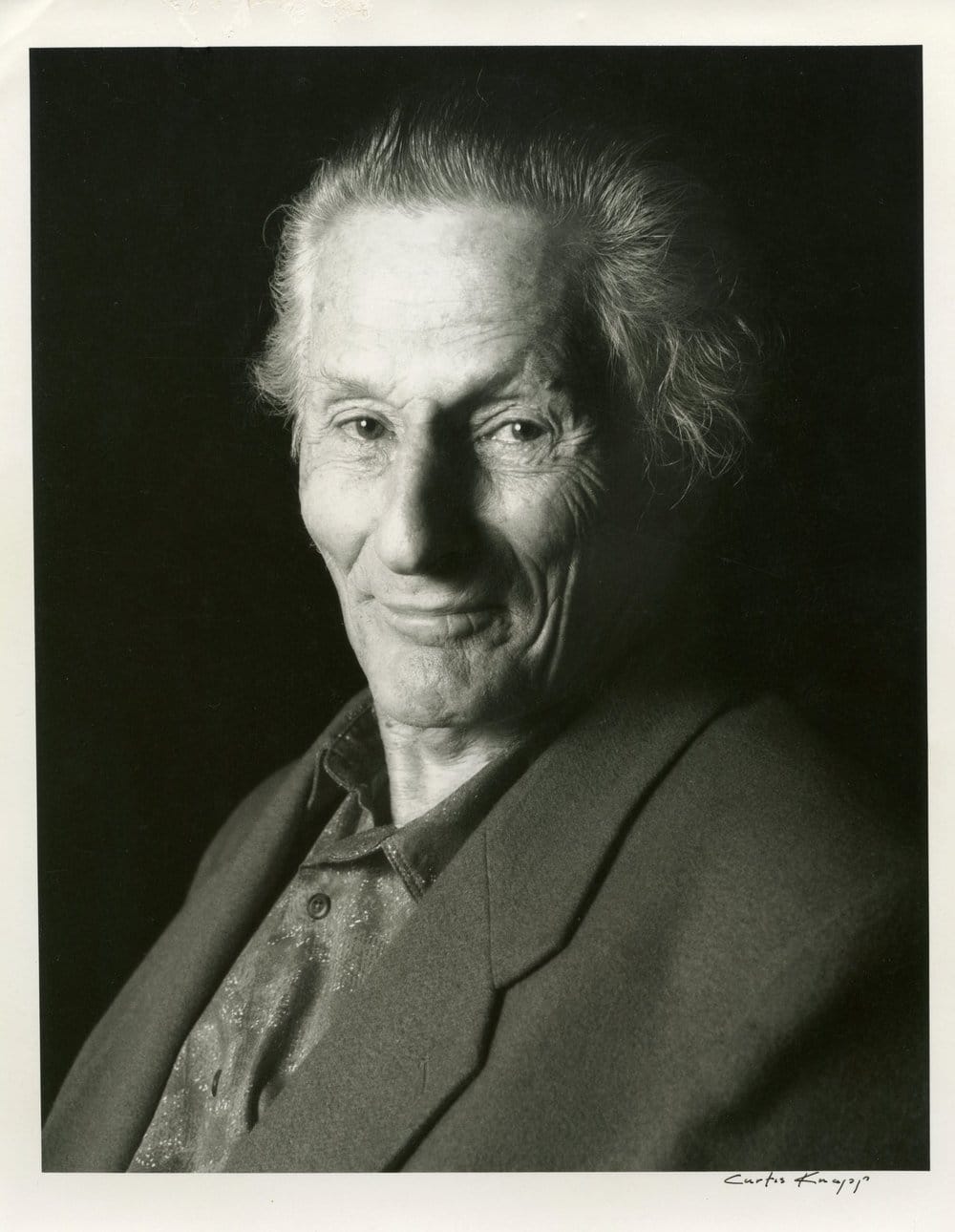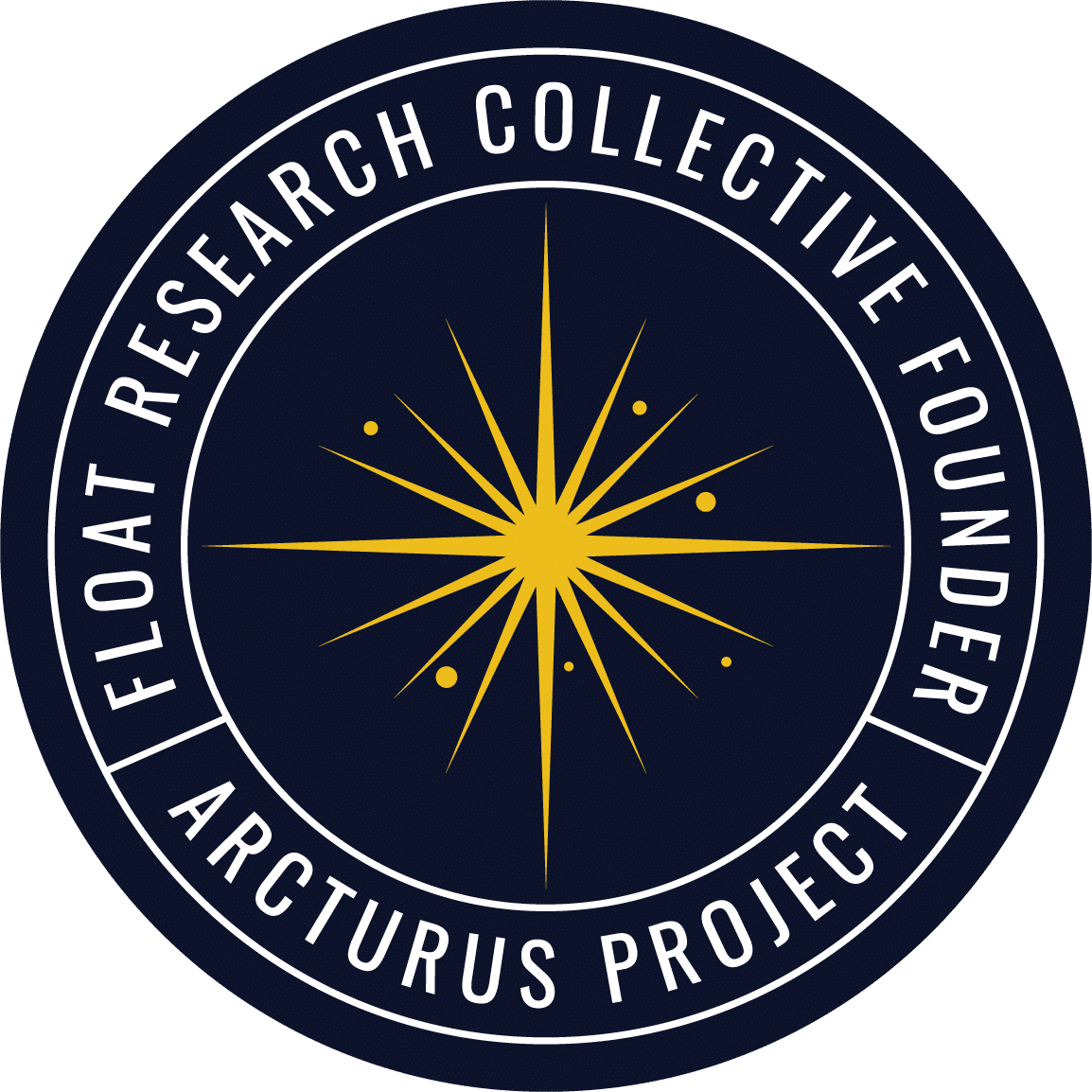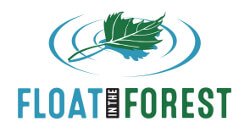Self Work
However you frame your self work, the float pod awaits you as a powerful toolFloating as a tool for self-work
A careful reading
A careful reading of this page will reveal the scarcity of a commonly used word. You might find the identification of this word an interesting exercise. If you want a clue, you will find one in the two quotations.
Spiritual technology
Floatation could be called a spiritual technology. Over the years many spiritual technologies have been developed by humans: meditation, breathwork, dancing, fasting, prayer, mantras, art, music, theatre, chemistry, ritual, games, exercises, the list goes on. Some might point out that any activity can be used as a spiritual practice, given enough presence and attention. Many see floatation as a spiritual practice, and an upgrade to our technology of contemplation. Often the most useful technologies centre on deliberately harnessing the power of the imagination.
Greater artists than we realise
We habitually use our imagination to construct a model of the world. Then we forget that we just created it. Then we interact with the model.
Consider one of the more prevalent stories about how the environment stimulates our sensory organs: our eardrums vibrate in response to vibrations in our environment, and pass these vibrations on along a series of tiny bones. These tiny bones in turn stimulate nerves, triggering electrochemical signals to pass deeper into the head and to the brain. Likewise, light penetrates our cornea, passes though some clear fluids to interact with the retina. This causes some electrical activity in the nerves of the eye, which again give rise to other electrochemical changes in the brain.
The inscrutability of consciousness
Somehow, through a process which remains pretty inscrutable to science, these inputs are marshalled into a simulation of our environment which includes a simulation of ourselves as the experiencer. The label ‘consciousness‘ could be applied to what arises through this process. Typically, the vast majority of the sensory input ends up disregarded, with the remainder mixed into a bunch of expectations, memories, daydreams, whatsits and doodahs. This process takes a little time.
Incidentally, there are some interesting studies which seem to strongly suggest that when we ‘make a choice’, it occurs before we are aware of making that choice. In other words, it would appear that consciousness follows choice, rather that the other way around. This may seem counter-intuitive from the perspective of someone who has a strong belief in their own agency. To suppose that we have no direct experience of the world whatsoever could appear a very reasonable point of view to adopt in light of these data.
Instead, we may usefully adopt the stance that we are living in a delayed simulation of the world, a simulation of our own creation, and much of what we experience as ‘out there’ was built not from stimuli originating ‘out there’, but from the fabric of our own imagination.
Test the conjecture
But don’t take my word for it. Some might advise avoiding taking anyone’s word for anything… There are loads of fun experiments which you can easily perform on yourself to test this conjecture in the laboratory of your own experience – drop us a message and we can send you a selection!
From this stance it becomes possible to increase our level of awareness of this ongoing process of creation. And in so doing, we can notice our habitual ways of creating our world. In the floatation pod, in the absence of external stimuli, the opportunities for noticing multiply.
A really exciting realisation can follow… we can deliberately direct our attention to the way in which we are building the world, and begin to make changes to our habitual ways of building it. We can choose to use our imagination differently as we build our world.
Undoing and Unlearning
Take the example of other people. The world we build includes the internal experiences of others. We have no stimulus telling us about the internal experiences of others – here we employ pure imagination.
Someone scowls at you. Your imagination gets to work: “they dislike me” or “my behaviour has offended them” or “they disapprove of my sartorial choices”… hang on, why not “they have indigestion” or “They are remembering a past experience which they did not enjoy” or “I remind them of something they had in the past but have now lost”? All can be seen as equally (in)valid creations.
Many of our habits of world-building were learned. Perhaps some were taught by others. Maybe we learned a few others deliberately. But most were learned accidentally. We may benefit from unlearning much from our past. Some models of the world may have been useful once, so we still carry them, though their utility has long since evapourated, and they may now hinder or harm. The float pod gives us a space to undo and unlearn these defunct patterns and habits.
John Lilly, the inventor of the floatation tank, called these habits of the imagination ‘programs’ and the process of exploring them and experimenting with alternative programs ‘metaprogramming’.
“In the province of the mind, what one believes to be true is true or becomes true, within certain limits to be found experientially and experimentally. These limits are further beliefs to be transcended. In the mind, there are no limits”
When we consider to what extent our mind constitutes our experience, the power of these words may take on a new significance.
An encounter with the self
The floatation pod removes a lot of work from us, and frees us up for the real work. Even the most primary task of staying upright and resisting gravity disappears, liberating our energies and internal resources to be put to use as we choose. We need not process sensory input from the outside world. There are no distractions, so we can observe ourselves without interruption.
Here we may discover a route to deeper knowledge, and a key to becoming able to do practical work on self. An opportunity to exercise our attention and develop our ability to direct that attention consciously. The pod offers a practical approach, a tool for you to use as you wish, where there are no rules but those you choose.
You become the scientist, the experimental subject, and the laboratory.
Or to put it another way, you become the supplicant, the deity, and the world.
The liberation of the void
Through regular and focused self-exploration we can gain clarity on deep questions and come to terms with past trauma. Insights can be found into patterns of behaviour and experiences that hitherto escaped our notice. We may discover things which we may have experienced physically, but which have unfinished emotional experiences, and which the pod provides a safe space for processing and transcending. We may be surprised by how many of our activities have been motivated by the fear of death, and by how much love we have yet to express.
Though deliberate work in the pod we can establish an experiential connection with our selves in a transpersonal or even transhuman sense. We can glimpse the self in its broadest sense, as identical with the totality. And in doing this, we can uncover a way to be of service to our greater self.
Fear and Love
Perhaps some of these ideas scare you, perhaps you feel fear. You can choose to see this as okay, as fine, as natural and welcomed.
As Glenn Perry observed: “Everybody on the planet, in whatever lifetime, eventually will give up all of their suffering. We all will. And the only thing in the way of an incredible life is fear. You may sometimes call it frustration or anger or whatever. But there’s fear and there’s love. And fear guards the door of love and perfection, so we should embrace fear.”
However you frame your self work, the float pod awaits you as a powerful tool. Some come at this from the fourth way and Gurdjieff model of self-observation and self-remembering, others from a more Jungian angle of the process of individuation and reigning in the projection of the shadow. Some find power in shamanic approaches, still others from the many methodologies of the Buddhist traditions. Borrowing terms from computer science, John Lilly coined the term metaprogramming for the work he did in the tank to bring his unconscious beliefs and behaviours into conscious awareness and interact with them. All these models and maps could be of utility in your adventure of self discovery. But ultimately, the float pod has no dogma. Here you can drop the labels, and become free of any models or metaphors, other than those you choose to use and to bring into your own personal practice.
If you want some tools or models to experiment with, we are on hand to offer you a well-stocked kit of tried and tested reality-tunnels. But remember that in the end you are the final authority. You are the sovereign of your own experience, you are the monarch of infinite space.
Go on a Beliefs Unlimited Adventure
You can explore beyond relaxation and drop your limiting beliefs at Float in the Forest. Use the words of John Lilly spoken in your own voice to transcend all limits. Discover something special and powerful. Embark on your beliefs unlimed adventure. Learn more…

